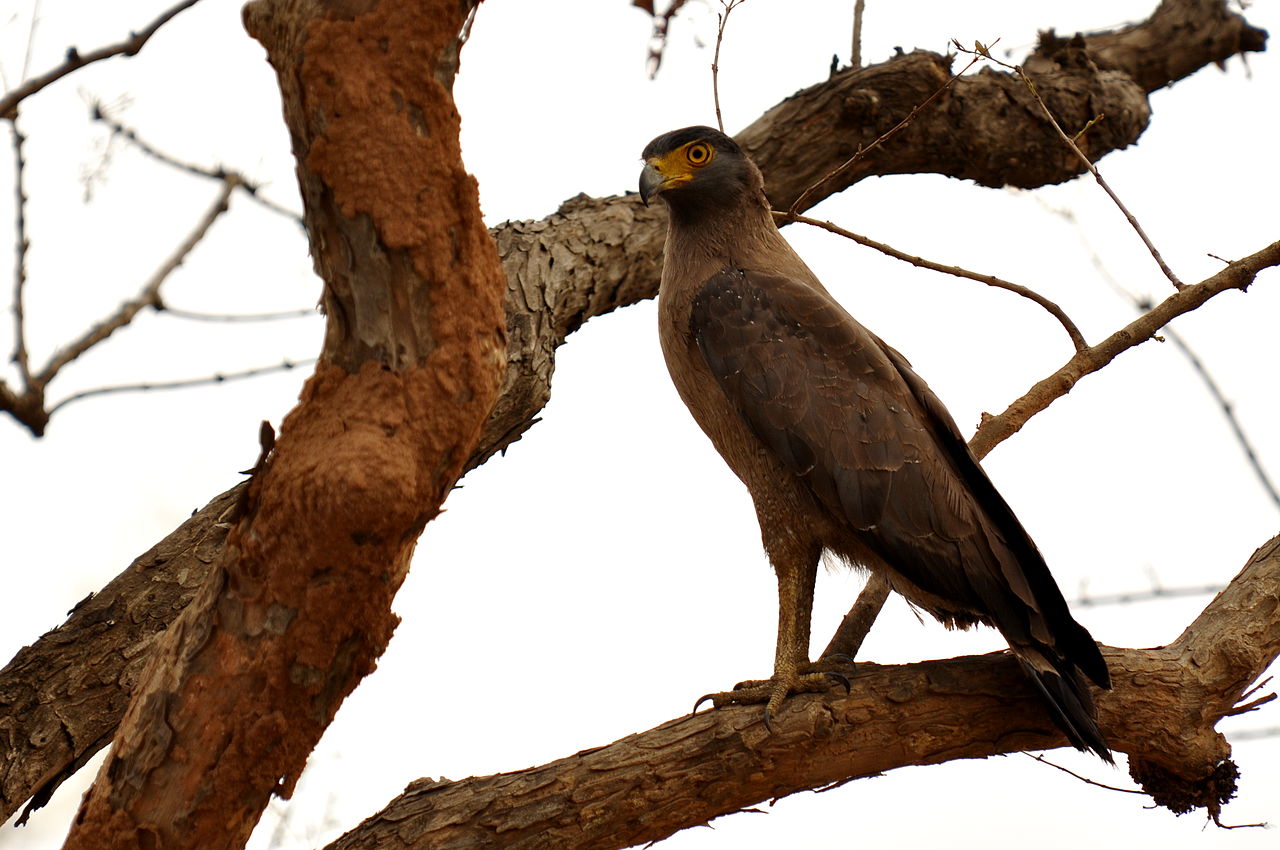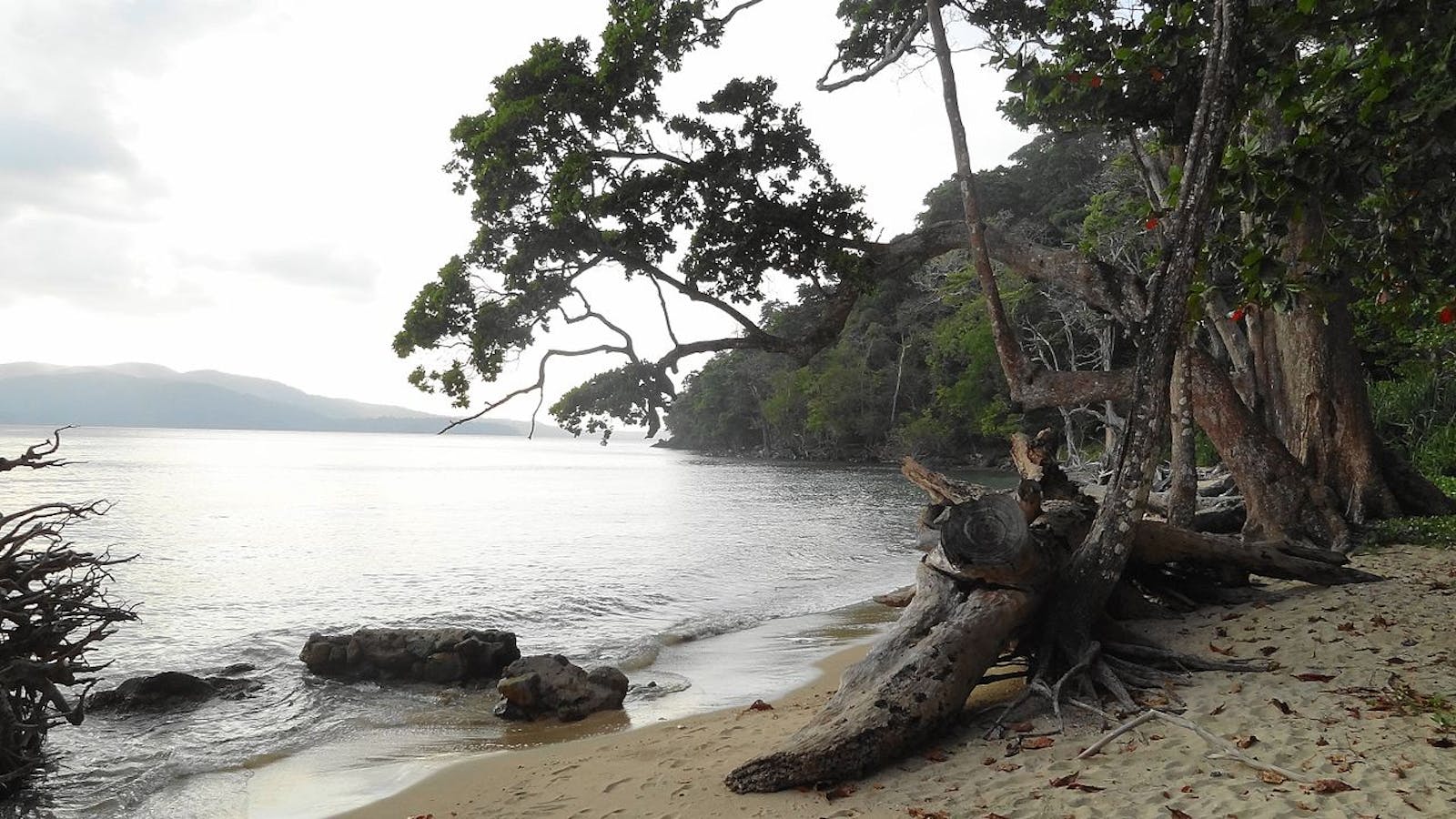Andaman Islands Rainforests
The ecoregion’s land area is provided in units of 1,000 hectares. The conservation target is the Global Safety Net (GSN1) area for the given ecoregion. The protection level indicates the percentage of the GSN goal that is currently protected on a scale of 0-10. N/A means data is not available at this time.
Bioregion: Myanmar Coastal Rainforests & Andaman Sea Islands (IM9)
Realm: Indomalaya
Ecoregion Size (1000 ha):
573
Ecoregion ID:
218
Conservation Target:
87%
Protection Level:
1
States: India, Myanmar
The Andaman Islands, covered by this ecoregion, is part of an archipelago that continues southward to the Nicobar Islands on the eastern side of the Bay of Bengal. The islands have been described as a “veritable storehouse of plant biodiversity” for their impressive plant species richness and endemicity. Over 2,500 flowering plant species have been recorded from these small islands, of which 10% are endemic, including three genera: Nicobariodendron (Celastraceae, Pseudodiplospora (Rubiaceae), and Sphyranthera (Euphorbiaceae).
The islands were isolated during the middle Miocene, about 10.8 million years ago, but were reconnected with the mainland during the Pleistocene, about 10,000 years ago when sea levels fell. The equatorial, oceanic climate is pleasant and tropical, with temperatures ranging from 22°to 30°C. Annual rainfall is around 3,000–3,800 mm and falls mostly during the monsoons, during which cyclonic winds and thunderstorms can be frequent.

The flagship species of the Andaman Islands Rainforests ecoregion is the Andaman serpent-eagle. Image credit: Creative Commons
Despite being along the same archipelagic chain, floristically, the Andamans are more similar to northeast India, Myanmar, and Thailand than with the Nicobar Islands, which have affinities with Malaysia and Indonesia. This is likely because the Andaman Islands were once part of the continental landmass, whereas the Nicobar Islands were formed by volcanic activity.
The vegetation transitions from coastal and mangrove forests to evergreen and deciduous forests inland. The mangroves are dominated by species of the family Rhizophoraceae, while the inland forests are dominated by trees in the family Dipterocarpaceae that are typical in Asian mainland forests.
Although the ecoregion is not particularly rich in species, it has a high level of endemism. The five endemic mammal species: Andaman horseshoe bat, Andaman spiny shrew, Andaman white-toothed shrew, Jenkin's Shrew, and Andaman rat are all small, cryptic species that are listed as Vulnerable or Threatened in the IUCN Red List.
The Andaman serpent-eagle, Andaman crake, Andaman coucal, Andaman scops-owl, Narcondam hornbill, Andaman woodpecker, Andaman drongo, and Andaman treepie are birds endemic to this ecoregion. The Narcondam hornbill is now found only on the small island of Narcondam. Thirteen of the 45 reptiles recorded from the ecoregion are endemic, as are 7 of the 12 amphibians.
While natural disturbances such as cyclones and the occasional tsunami can potentially disrupt the ecosystems, anthropogenic threats such as forest clearing for agricultural fields and residential areas and the over-exploitation of biological resources result in more extensive damage. Climate change will also have potential impacts on the ecoregion’s biodiversity.
The current level of protection in this ecoregion to counter these threats is inadequate, especially given the wide distribution of endemicity along the island chain. The largest protected area, Mahatma Gandhi Marine National Park, includes very little terrestrial biodiversity; the next largest protected areas, Mount Harriet National Park (46.62 km2) and Interview Island Sanctuary (133.87 km2), are considered too small for adequate and effective coverage.
The priority conservation actions are to: 1) limit immigration into the islands to keep demand for land and natural resources in check; 2) prevent the introduction of alien invasive species and control those already on the islands; and 3) improve protected area coverage to include a better representation of the terrestrial ecosystems and species endemicity.
Citations
1. Balakrishnan, M., Srivastava, R.C. and Pokhriyal, M., Biodiversity of Andaman and Nicobar Islands. Biobytes Vol -3. https://www.researchgate.net/profile/Maruthamuthu_Balakrishnan/publication/279183269_Biodiversity_of_Andaman_and_Nicobar_Islands/links/558cfcf608ae591c19da212b/Biodiversity-of-Andaman-and-Nicobar-Islands.pdf.
2. Wikramanayake, E, E. Dinerstein, et al. 2002. Terrestrial Ecoregions of the Indo-Pacific: A Conservation Assessment. Island Press.
3. Roy, P.S., Padalia, H., Chauhan, N., Porwal, M.C., Gupta, S., Biswas, S. and Jagdale, R., 2005. Validation of geospatial model for biodiversity characterization at landscape level—a study in Andaman & Nicobar Islands, India. Ecological Modelling, 185(2), pp.349-369.



